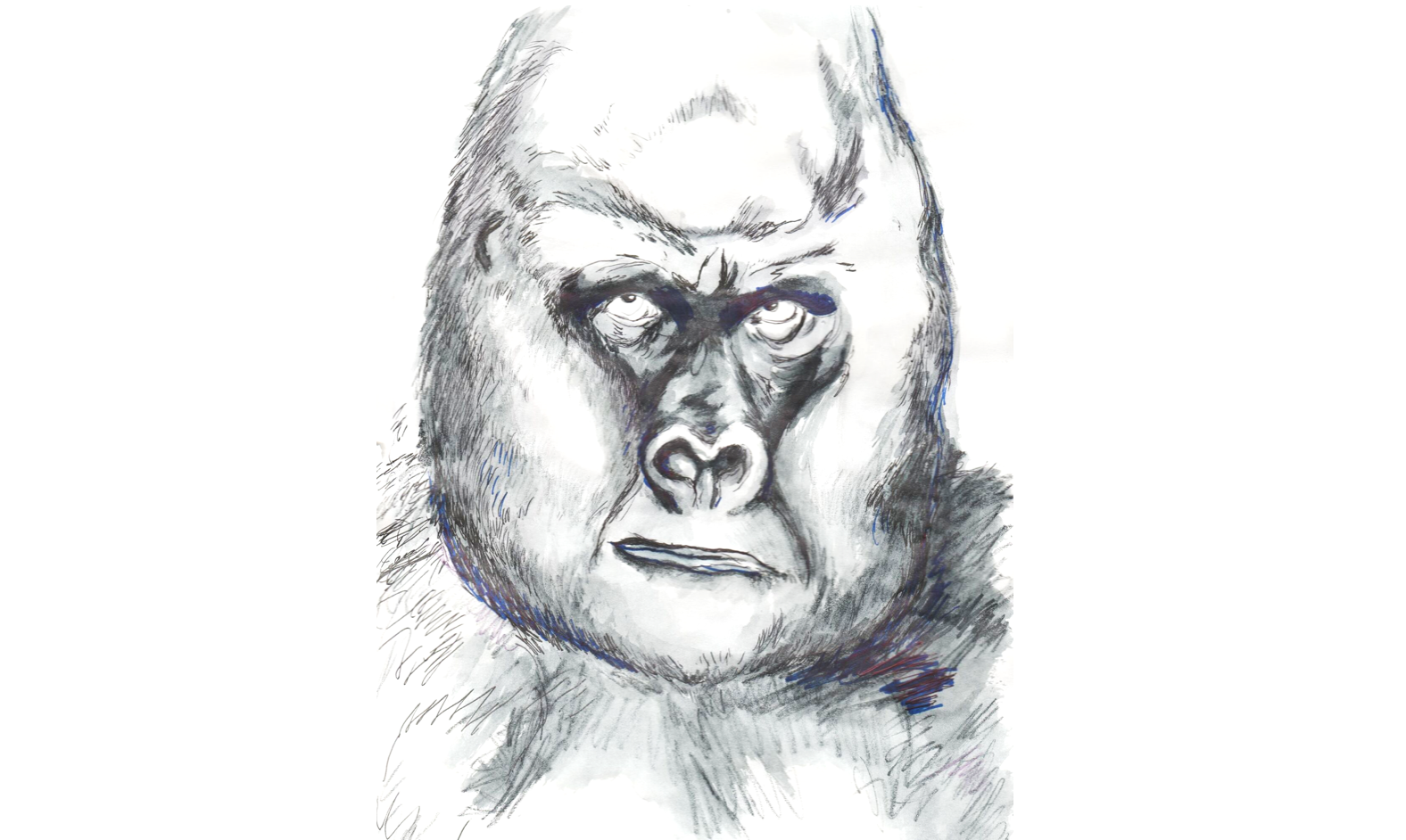Why is this still a thing?
The Harambe Edition
On May 28, an unnamed, three-year-old boy toppled into the gorilla enclosure at the Cincinnati Zoo and Botanical Gardens in Ohio. Subsequent to the boy’s descent, the seventeen-year-old Western lowland gorilla within the enclosure called “Harambe,”approached the child much to the distress and dismay of the situation’s onlookers. The agitated gorilla grabbed the child, occasionally dragging him through the shallow moat. After multiple attempts to direct the gorilla away from the boy, Harambe was shot in the name of protecting the life of the zoo’s young patron.
May sparked the emergence of the Internet’s meme-militants. Armed with ape jokes and anti-zoological garden façades, Facebook feeds for the past seven months have been subject to the newest form of gorilla warfare.
While Harambe’s death had all the makings for a cautionary tale about patron-safety measures at zoos, or further animal rights campaigns protesting wildlife containment, the execution of the silver backed gorilla spurred a stream of irrelevant genital-jesting. The more sincere concerns about the practises of killing endangered species, such as the massacred monkey messiah, are lost in the mass of primate parody proponents.
These mediocre memes have gotten so out of hand to the point where they have possibly compromised the future of American democracy. Instead of choosing a valid candidate on their ballots, a few U.S. citizens chose to vote for Harambe, a close second to the number that voted for “Deez Nuts.” People have even started outrageous petitions on change.org. Some call to put Harambe on the one-dollar bill, others to rename Cincinnati to “Harambe City,” and some have even made disturbingly violent appeals to sacrifice the child to resurrect Harambe. Yes, people have actually signed these–even if a mere joke, this only serves to show how much the May tragedy has grown into a meme-ified parody of its tragic roots.
The Harambe trend seems to be especially alive with societal youngsters. They continue to make references to the gorilla in the midst of living their mundane realities. Their conversation might go something like this:
“Yo, this is such a good banana.”
“Harambe would’ve loved that banana, man. #prayforHarambe”
Or –much more likely–they would replace the last trending hashtag for the seemingly nonsensical and cringe-worthy #dicksoutforHarambe.
We sincerely hope this conversation wouldn’t happen anywhere but the walls of a grade seven classroom with two prepubescent boys wearing Timbs, blasting explicit Drake lyrics on their unexplainably possessed iPhone 7s, and eating a lunch their mommies packed for them that morning. But Harambe references still lurk around social media, even for those above the age of twelve.
Why did these Harambe memes happen in the first place, you ask? It’s not the first animal death to go viral through social media. Last year, Walter Palmer unjustly killed Cecil the lion and broadcast this proudly all over the Internet. This sparked outrage and disgust much more than it fostered laughs or endless memes. Karl Marx said that history repeats itself, “first as tragedy, then as a farce.” But when will this farce finally cease being funny?
If 2016 really is the year of Harambe, perhaps it’ll completely dissipate from our shared social media consciousness in 2017. Regardless, why has Harambe’s spirit been hanging around for so long –and why did this become a point of Internet cultural reference in the first place? As with many other phenomena that go viral, it’s likely that no one can answer the question of its unexpected takeover of our Facebook and Instagram feeds. But why is Harambe still a thing?
Image courtesy of Bella Rogal
